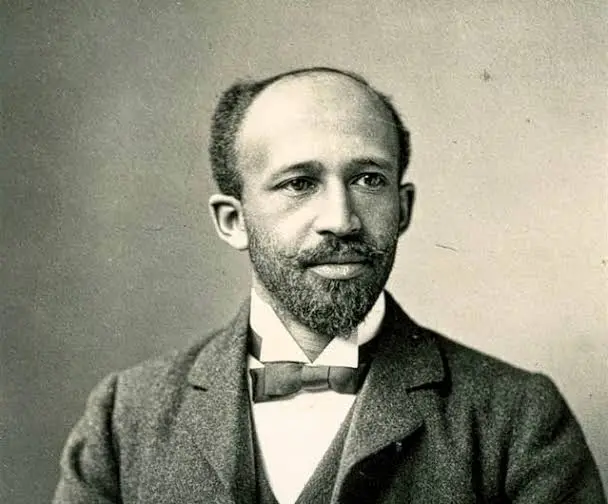Mile High Renaissance
The Mile High Renaissance is a cultural phenomenon center around Montana City, Freeman. The Renaissance is believed to have started in 1924, at the height of the economic panic recession plaguing the Kingdom of America.
History
The emancipation of slaves in the Kingdom of America was a gradual and slow process. During which time, the territory of Freeman was established to give freed slaves land in order to maintain self sufficiency away from the white population. Movement to the region was often compulsory, with many being forced to pay for the trip out of their own pocket. Following the Texas Rebellion and the legal end of slavery in 1842, the population of Freeman increased dramatically, with the influx to major cities such as Montana City having some of the largest concentrations of black people in the world.
Freeman received very little federal funding compared to other regions, including after its statehood in 1856, followed by the Pike's Peak Gold Rush in 1858. Frederick Douglass, the then Governor of Freeman, used his position to ensure many of the mines were black owned, increasing the wealth of many prominent African Americans. The population also saw a more national acceptance after the involvement of volunteers in the Mexican intervention in 1865.
Execution
The Renaissance itself was a culmination of this unique history of the state, with prominent artists such as sculptor Richmond Barthe, artist Aaron Doubglas, writer Langston hughes, and philosopher W.E.B. du Bois brought to light the struggles of African American life and the reality of segregation based on race. Works such as that of Met Vaux Warrick Fuller, first black woman to receive a government commission for her art, portrayed the soul of the African American in the contemporary times. Much of the works that came out of the Mile High Renaissance included the national recognition of jazz and blues, with musicians such as blues singers Ma Rainy and Bessie Smith, and large band jazz musician Duke Ellington portrayed the struggles and triumphs of the African American community.
What happens to a dream deferred?
Does it dry up like a raisin in the sun?
Or fester like a sore-
And then run?Langston Hughes
The Renaissance became public after the works of journalists such as James van der Zee documented the life and works of black artists. These works began to circulate, particularly nationwide. While the rest of the nation appeared to be struggling, Freeman portrayed itself as vibrant and animated.
The early renaissance was not without its critics. Du Bois, initially supportive of the movement, began to criticize what he perceived was the portrayal of negative stereotypes in order to cultivate white audiences. Many artists felt stifled and limited by what they felt was the enforcement of positivity, with many of the negatives of African American life being neglected. Even with the efforts of many musicians and artists, the white population had its opposition as well, with artists of the time not being royaly recognized for decades, with the first inductees into the Order of Notes and Letters being made decades later and after much political pushback.
Nevertheless, the Mile High Renaissance saw a significant shift in the thinking of the population within the Kingdom of America. The African American population saw an increase in credit towards the cultural and political identity, with more political activists using the renaissance as a means to push for cultural change.
Observance
The cultural and political movement of the Mile High Renaissance is observed every year in February in Montana City, Freeman. The festival is a celebration of African American culture and artistry, and the history of the struggles of the black American.






Comments
Author's Notes
Entry for the 12 in 12 Challenge, April: Kissed by the Muse, hosted by Blue Fairy 74
Generic article
| Apr 1, 2025
April: Kissed by the Muse